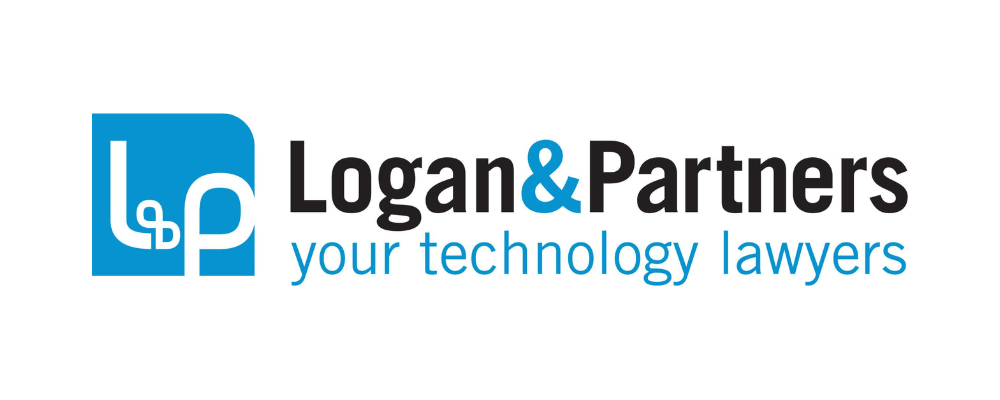With recent regulatory changes impacting the topic, the term “dark patterns” is garnering attention and prompting online businesses to reassess their digital strategies. In this article, we’ll explore the definition of dark patterns, examine their legal implications in the European Union (EU), and provide guidance for businesses navigating this evolving landscape.
What is a ‘dark pattern’?
Simply put, dark patterns are design tricks used in user interfaces to ‘trick’, ‘encourage’ or ‘compel’ users into taking certain actions. These are often aimed at pushing users into decisions they might not want to make, leading to negative outcomes for them.
There are various examples of dark patterns, one of which is known as “confirmshaming.” It occurs when users are booking services online and encounter boxes or buttons that guilt-trip them into clicking, with messages like, “Are you sure you don’t want this awesome deal?” or “Do you really want to take this risk?”. Another common tactic is seen when online providers send notifications prompting users to agree to new terms and conditions crafted to trick users into accepting everything, including optional marketing material. Sometimes, users are even required to watch a video just to cancel a service, followed by additional steps to confirm the cancellation. These tactics are intended to pressure users into actions they might not desire, such as making purchases or subscribing to services. Online providers often also use fake countdowns or obscure important information to influence users’ decisions without much thought.
Increased regulatory scrutiny globally
Globally, dark patterns are facing increased regulatory scrutiny from advertising and consumer watchdogs across regions like the UK, EU, and US. Notably, the recent Digital Services Act (DSA) in the EU represents a significant shift. The DSA includes a comprehensive ban on dark patterns, mandating that online platform providers refrain from using deceptive or manipulative designs in their interfaces. This ban covers actions that significantly distort or impair users’ ability to make informed decisions while using their services. It complements existing EU consumer protection and data protection rules, which already prohibit numerous dark patterns that mislead consumers.
In December 2023, the Commission launched formal proceedings against X to investigate potential violations of the Digital Services Act (DSA), focusing on issues like dark patterns and advertising transparency. Furthermore, Polish regulators imposed a €7 million fine on Amazon EU operator for engaging in ‘misleading’ practices, which involved the use of dark patterns like countdown timers to pressure users into hurried purchases.
With increasing consumer awareness and tightening government regulations, it’s crucial for businesses to align their strategies with ethical standards. Clearly defining what qualifies as dark patterns and reconsidering sales techniques and website design are vital steps to avoid regulatory consequences and financial penalties.
How can Logan & Partners help?
At Logan & Partners, we specialize in helping businesses navigate these challenges. Our team can assist you by conducting a comprehensive audit of your website to ensure that none of the steps in the customer journey involve dark patterns. Contact us for a complimentary consultation.
“Founded in 2010, Logan & Partners is a law firm focusing on Technology Law that delivers legal services like your in-house counsel.
Our team consists of experienced Technology Lawyers, who have all previously worked for highly reputable law firms and possess strong in-house experience, gained by working with local and international companies in Switzerland, the UK and the USA.”
Please visit the firm link to site


